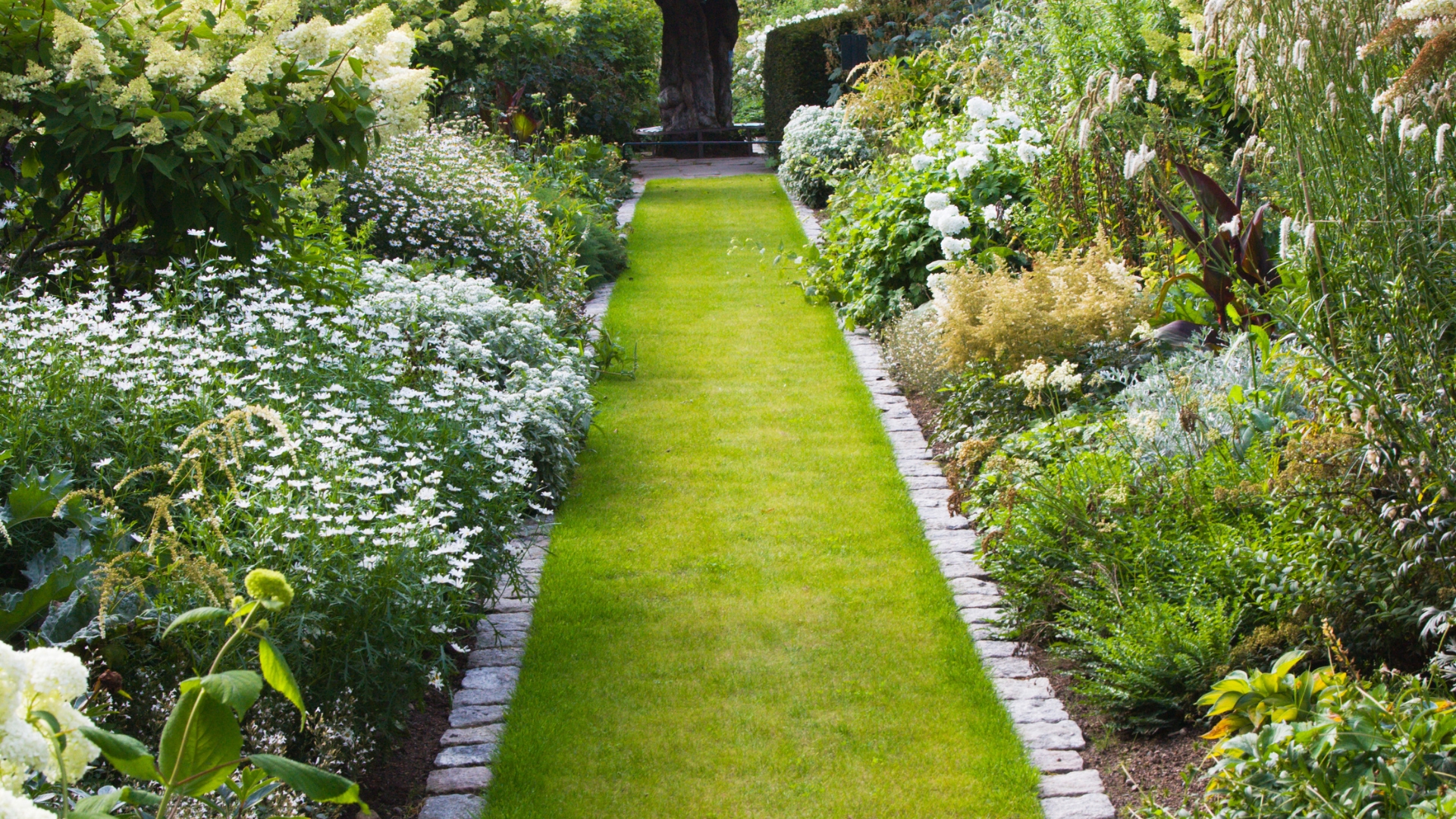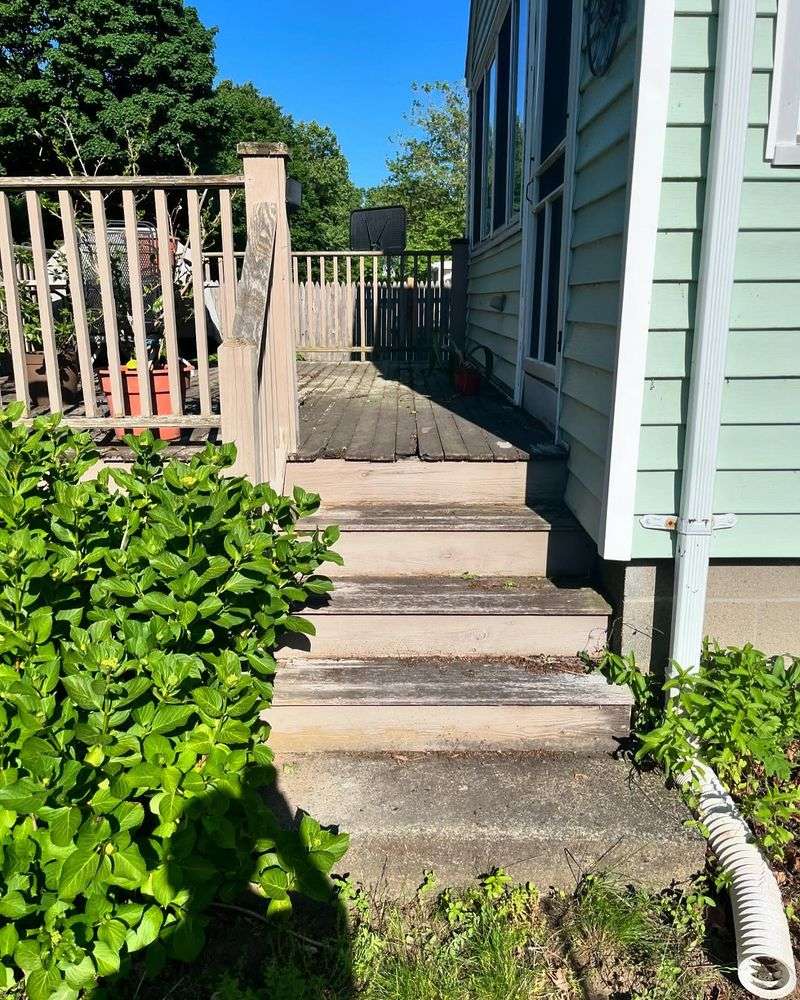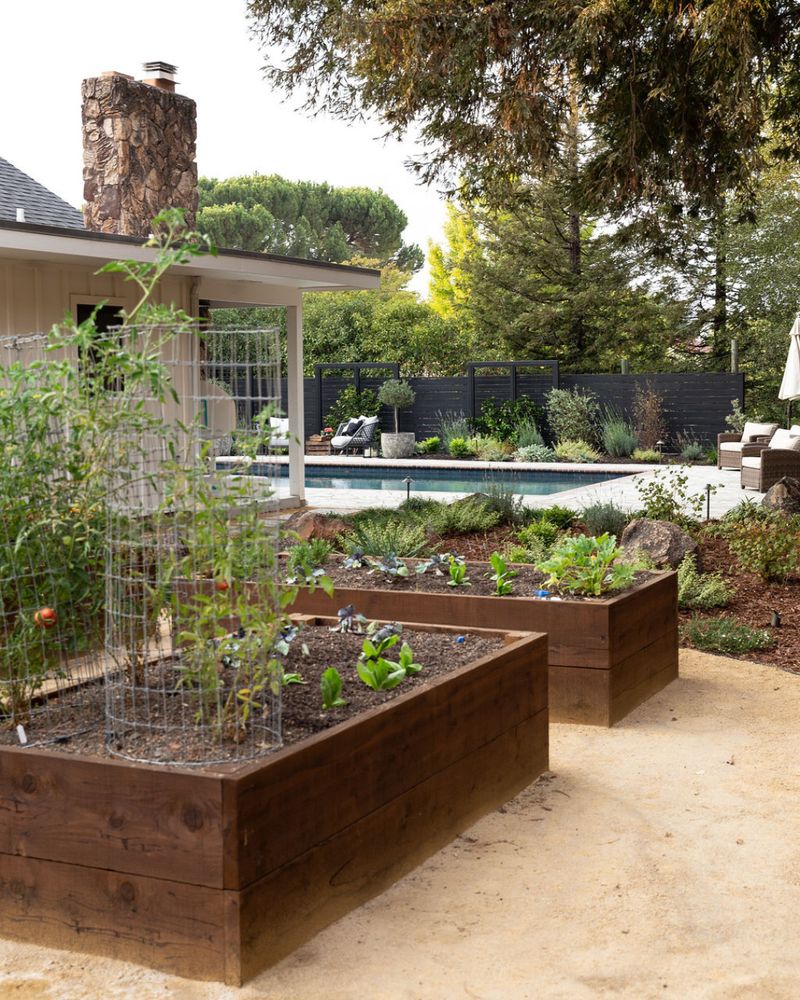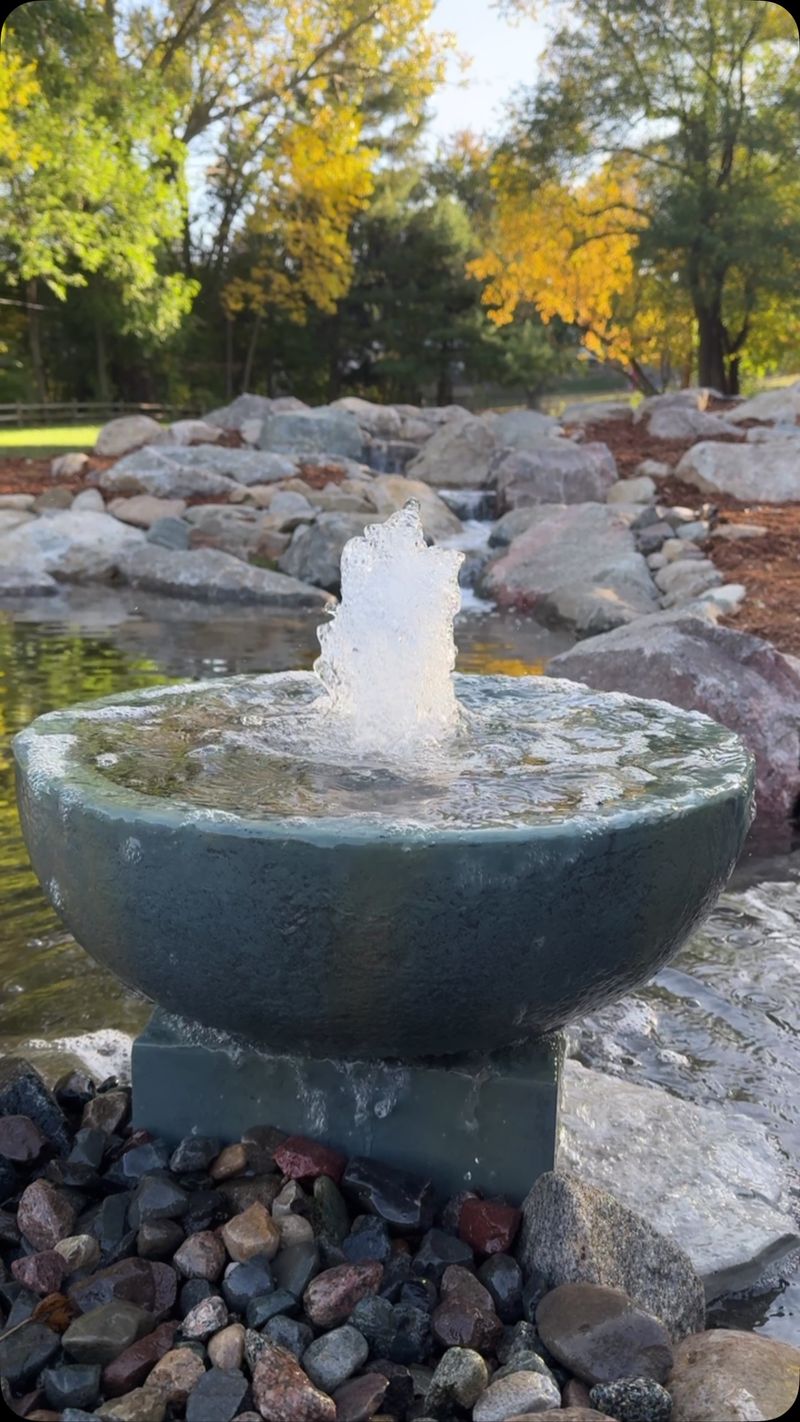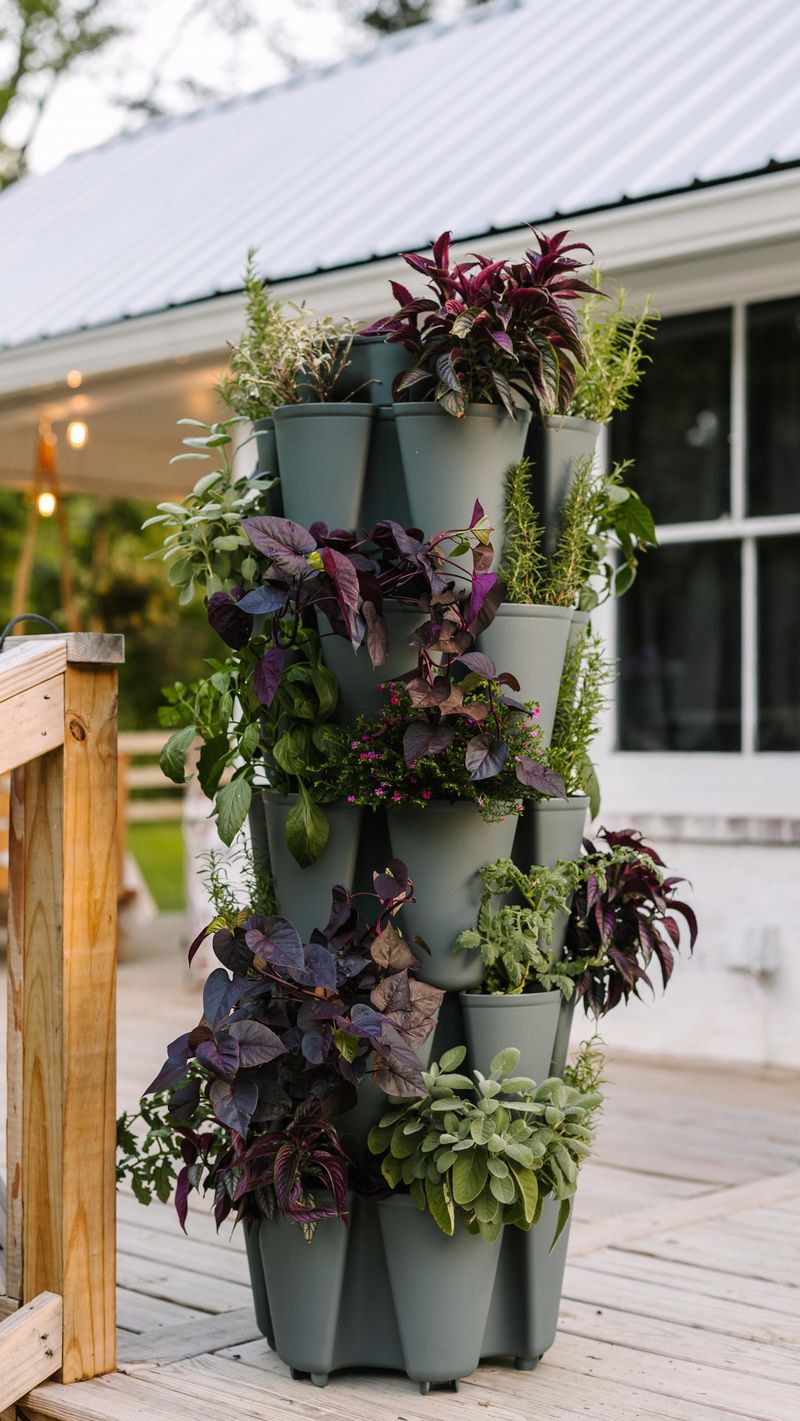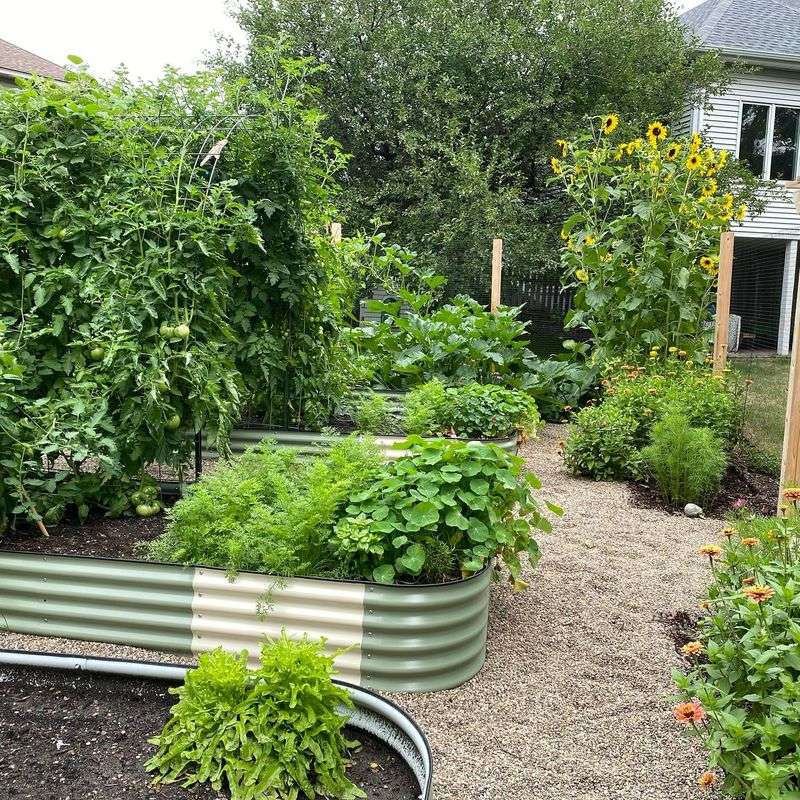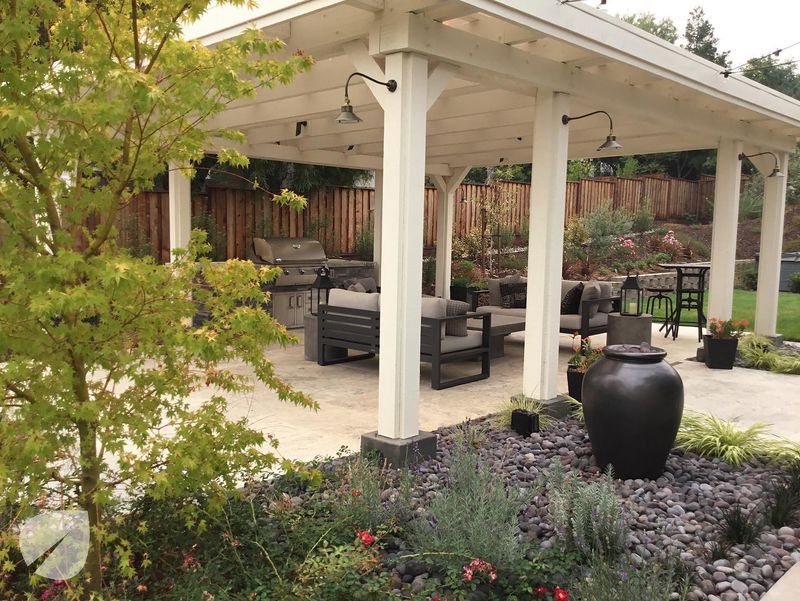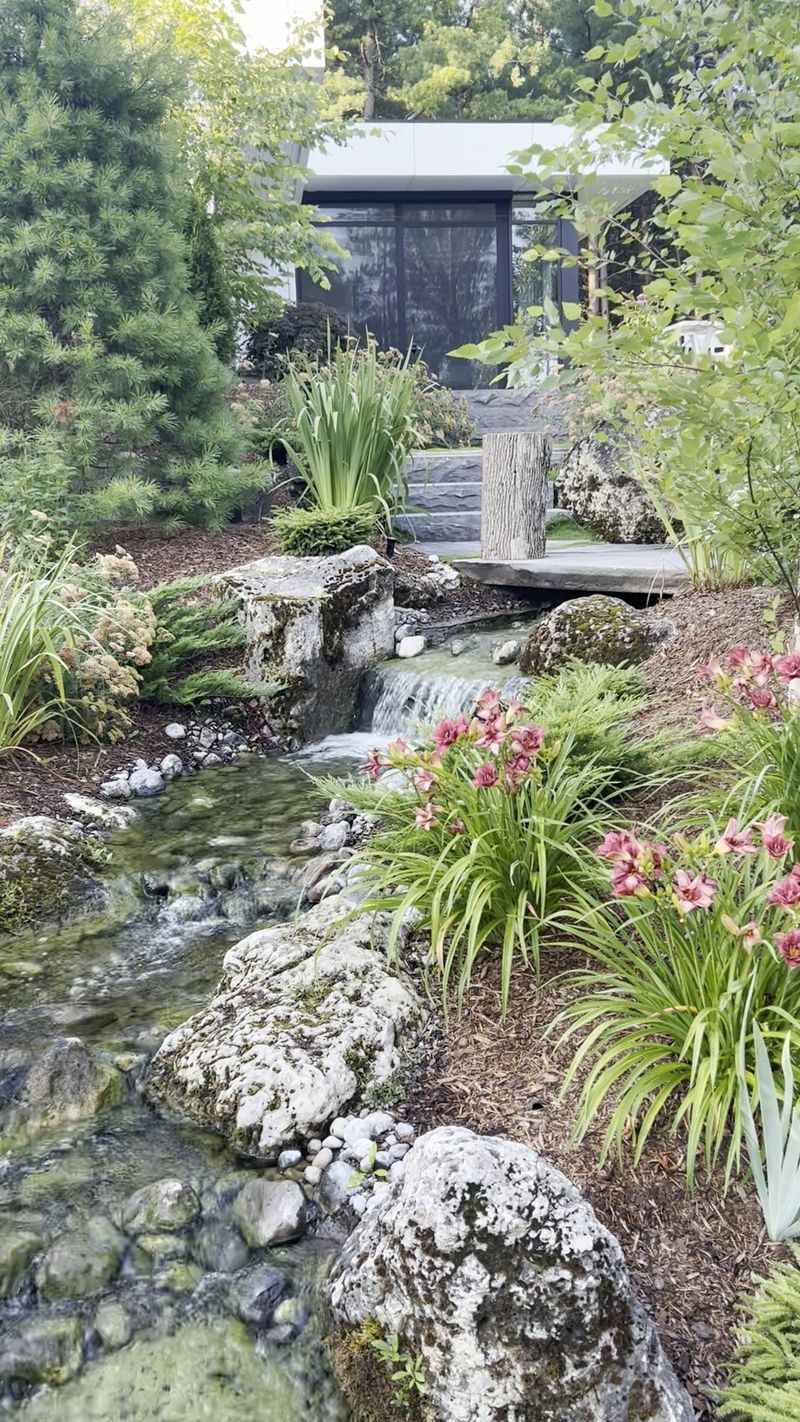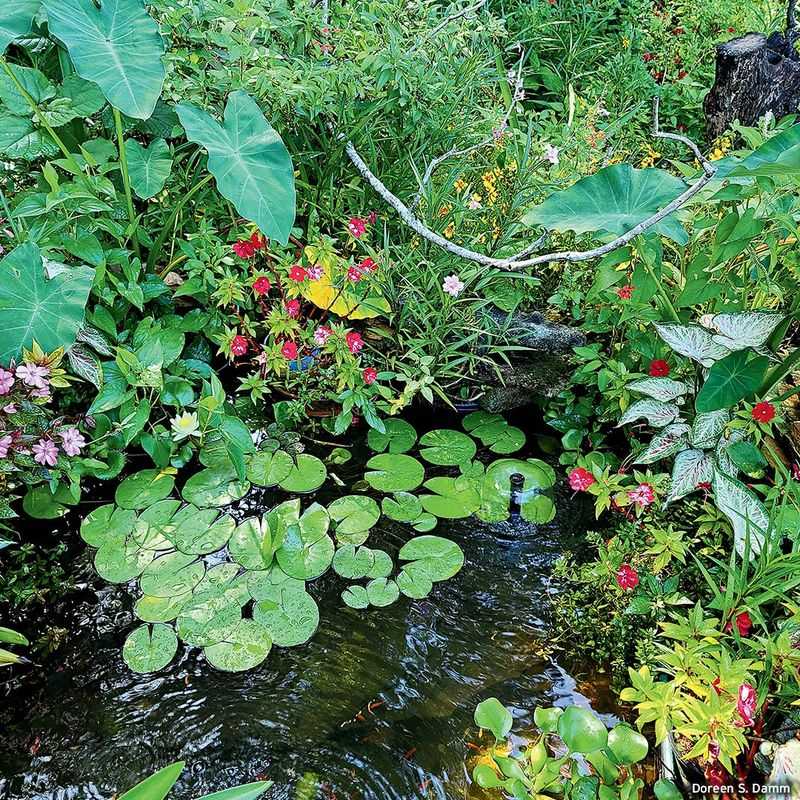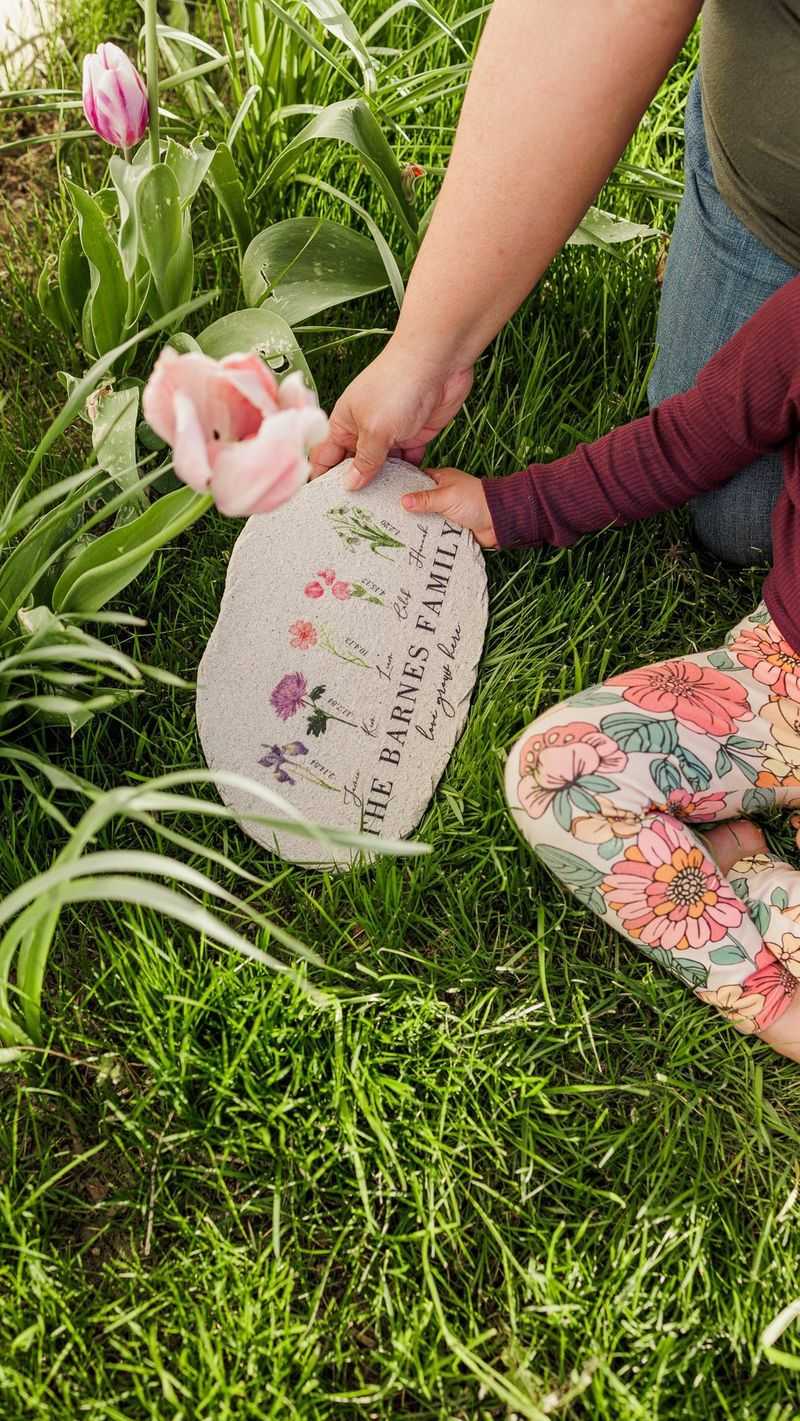Gardens should be places where everyone can find joy and peace, regardless of their abilities. Designing an accessible garden ensures that all family members and friends can safely enjoy its beauty and tranquility. Whether it’s creating wide paths or choosing low-maintenance plants, these tips will help make your garden welcoming for all.
1. Wide, Smooth Paths
Smooth paths make gardens accessible for everyone, including those using wheelchairs or walkers. Using materials like compacted gravel or paving stones ensures stability.
Think about path width; an ideal width is at least three feet. This allows easy navigation, especially for those needing extra space. Adding gentle curves adds interest and beauty.
2. Raised Garden Beds
Raised beds bring the garden closer to those with difficulty bending. They offer easier access to plants and can be tailored to fit different heights.
Using materials like wood or metal, ensure the beds are sturdy. These beds also improve drainage and soil quality, making plants healthier and more vibrant.
3. Sensory Plant Selections
Choosing sensory plants enriches the garden experience. Fragrant herbs like lavender and thyme, or textured leaves like lamb’s ear, engage different senses.
This approach is enjoyable for everyone, particularly those with visual impairments. Mixing colors and textures creates a visually appealing and tactile environment.
4. Accessible Seating Areas
Comfortable seating provides rest and social spaces. Place benches and chairs at various spots, ensuring they are stable and easy to transfer to from wheelchairs.
Adding cushions increases comfort. Consider placing seating near favorite plants or views to enhance relaxation. It’s a space for everyone to gather and enjoy.
5. Low-Maintenance Plants
Choosing low-maintenance plants reduces the effort needed to keep the garden thriving. Perennials, succulents, and native plants require less watering and care, making them perfect for accessible gardens.
They save time and energy while providing beauty. This choice is especially beneficial for those with limited mobility.
6. Clear Signage and Labels
Clear signage helps everyone navigate the garden with ease. Use large, simple fonts for plant labels and directional signs. This is particularly helpful for those with visual impairments.
Weatherproof materials ensure durability. Clear signs enhance understanding and enjoyment, making the garden more engaging and informative.
7. Water Features for Relaxation
Water features add a soothing element to any garden. Fountains or small ponds create calming sounds and attract wildlife. Ensure features are safely enclosed to prevent accidents.
Water’s gentle trickle promotes relaxation and can be especially enjoyable for individuals with sensory sensitivities.
8. Non-Slip Surfaces
Safety is key in an accessible garden, and non-slip surfaces help prevent accidents. Materials like non-slip pavers or textured concrete ensure stability, even in rain.
Regular maintenance keeps these paths safe and clear. This consideration is especially vital for elderly or disabled individuals navigating the garden.
9. Vertical Gardens
Vertical gardens save space and make gardening accessible to all. They are especially beneficial for wheelchair users who may have limited reach.
These gardens can be attached to walls or stand-alone structures, providing easy access to plants. Vertical gardening also adds a unique visual element to the space.
10. Adaptive Gardening Tools
Using adaptive tools makes gardening easier for those with physical limitations. Ergonomic handles and lightweight materials reduce strain. Tools like long-handled trowels or easy-grip pruners offer better control.
These innovations allow everyone to enjoy gardening without discomfort, fostering a sense of independence and fulfillment.
11. Edible Gardens for All
Edible gardens add purpose and enjoyment. Growing fruits, vegetables, and herbs provides fresh produce and enhances the garden’s use.
Ensure paths are wide and beds are accessible for all to participate in planting and harvesting. This hands-on experience connects people to their food and the joys of gardening.
12. Shade and Shelter
Shade is essential for comfort, especially in sunny climates. Pergolas, umbrellas, or trees provide cooling relief. These areas protect against sunburn and heat exhaustion, allowing longer enjoyment of the garden.
Providing sheltered spots makes the garden a welcoming place, even during hot days, for everyone.
13. Colorful, Contrasting Plants
Bright, contrasting colors enhance the garden’s visual appeal. They help those with visual impairments distinguish different areas.
Using a variety of colorful plants ensures the garden is lively and inviting. This approach not only beautifies the space but also makes navigation simpler for everyone.
14. Wind Chimes and Sound Elements
Incorporating sound elements adds a new dimension to the garden. Wind chimes or rustling grasses create a calming atmosphere. These sounds can be particularly soothing for those with sensory needs.
Sound elements enrich the garden experience, offering a peaceful escape that resonates with all visitors.
15. Incorporating Wildlife Habitats
Attracting wildlife adds life and movement to the garden. Birdhouses, feeders, and butterfly-friendly plants invite animals to visit. These features provide educational opportunities and joy for all ages.
Creating a habitat for local wildlife encourages biodiversity and makes the garden a thriving ecosystem.
16. Lighting for Accessibility
Proper lighting ensures gardens are accessible after dusk. Install pathway lights to highlight routes and prevent trips or falls. Solar lights are energy-efficient and environmentally friendly.
Lighting enhances safety and allows for nighttime enjoyment. It turns the garden into a magical space, open to everyone, day or night.
17. Personalized Garden Decor
Personal touches make gardens unique and welcoming. Custom decorations, like name plaques or artwork, reflect the gardener’s personality.
These elements create a sense of ownership and pride. Personalized decor enhances the garden’s charm and makes it a more inviting space for family and visitors alike.

